Curriculum Links
Australian Curriculum
Cells are the basic units of living things; they have specialised structures and functions (ACSSU149)
– examining a variety of cells using a light microscope, by digital technology or by viewing a simulation
– distinguishing plant cells from animal or fungal cells
– identifying structures within cells and describing their function
– recognising that some organisms consist of a single cell
– recognising that cells reproduce via cell division
– describing mitosis as cell division for growth and repair
NSW
LW2 Cells are the basic units of living things and have specialised structures and functions. (ACSSU149)
Students:
a. identify that living things are made of cells
b. identify structures within cells, including the nucleus, cytoplasm, cell membrane, cell wall and chloroplast, and describe their functions
d. identify that new cells are produced by cell division
e. distinguish between unicellular and multicellular organisms
f. identify that different types of cells make up the tissues, organs and organ systems of multicellular organisms
VIC
VCSSU092
Cells are the basic units of living things and have specialised structures and functions
– examining a variety of cells using a light microscope, by digital technology or by viewing a simulation
– distinguishing plant cells from animal and fungal cells
– identifying structures within cells and describing their function
– recognising that some organisms consist of a single cell
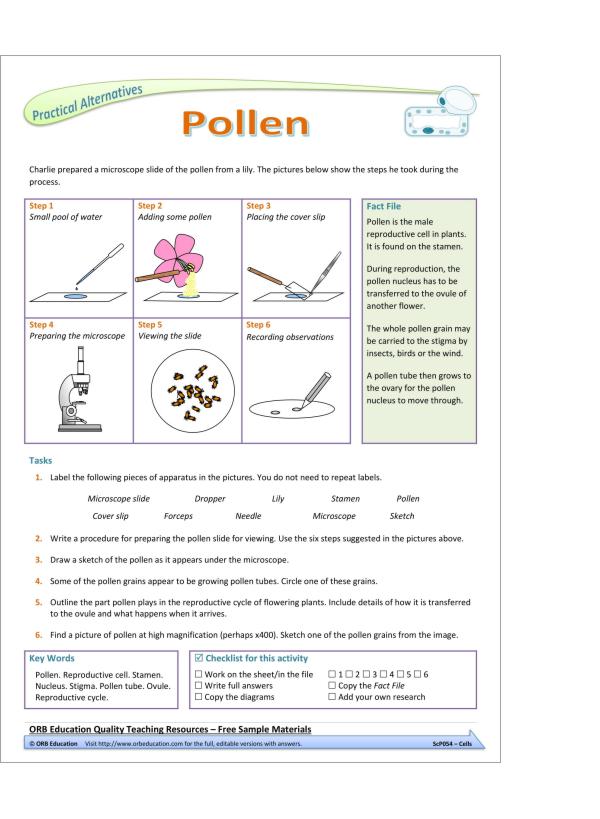
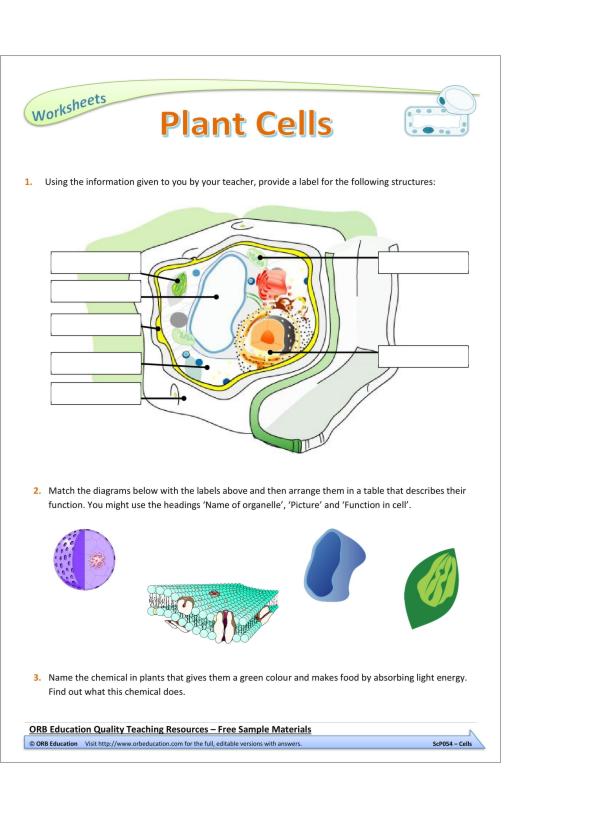
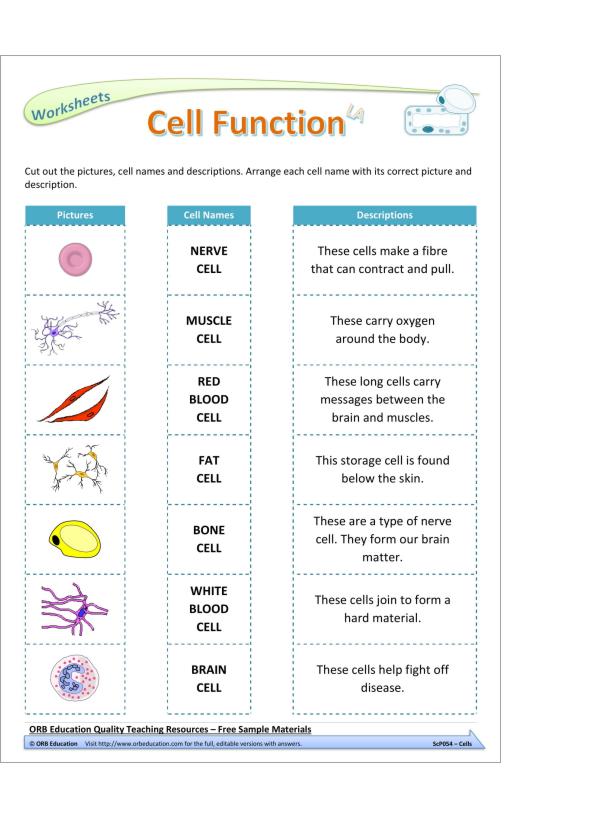
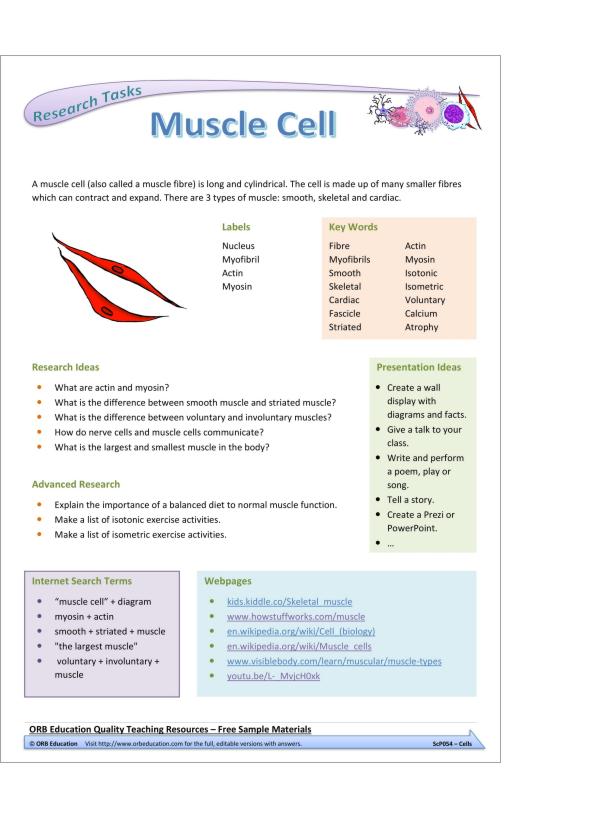
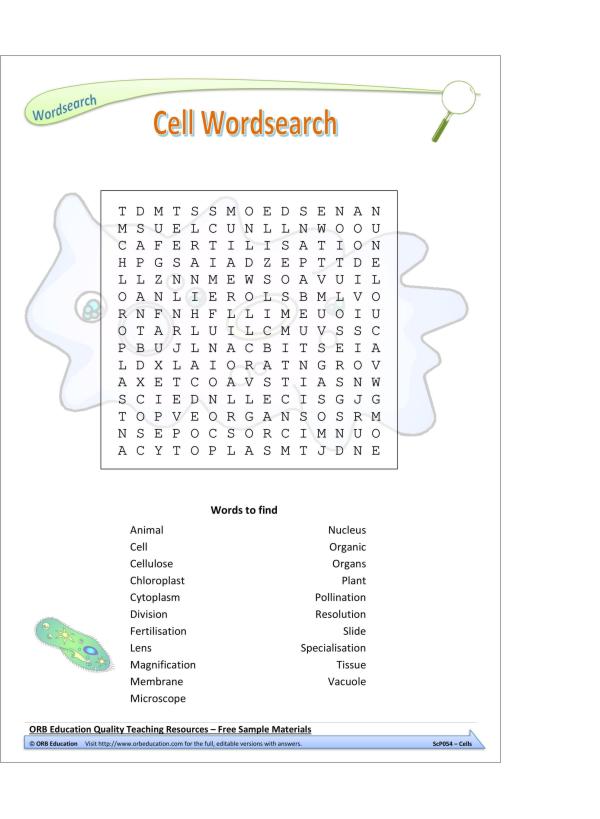
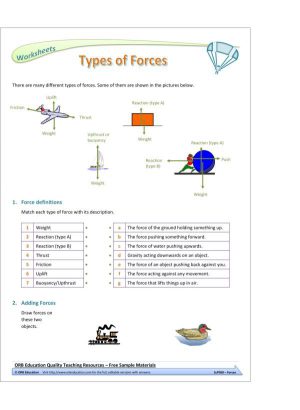
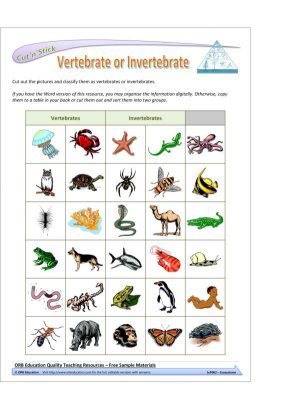
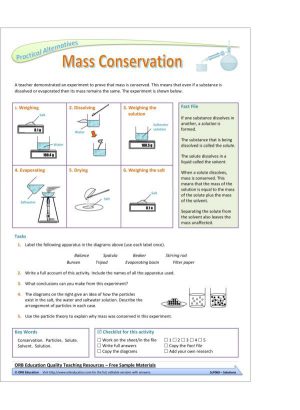
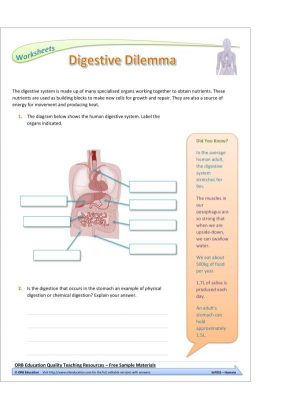
Reviews
There are no reviews yet.